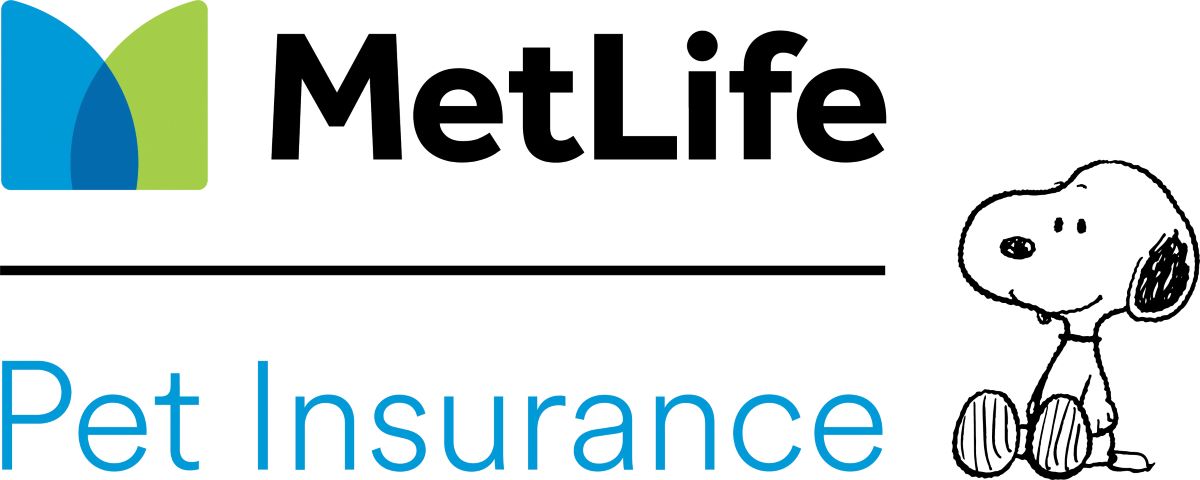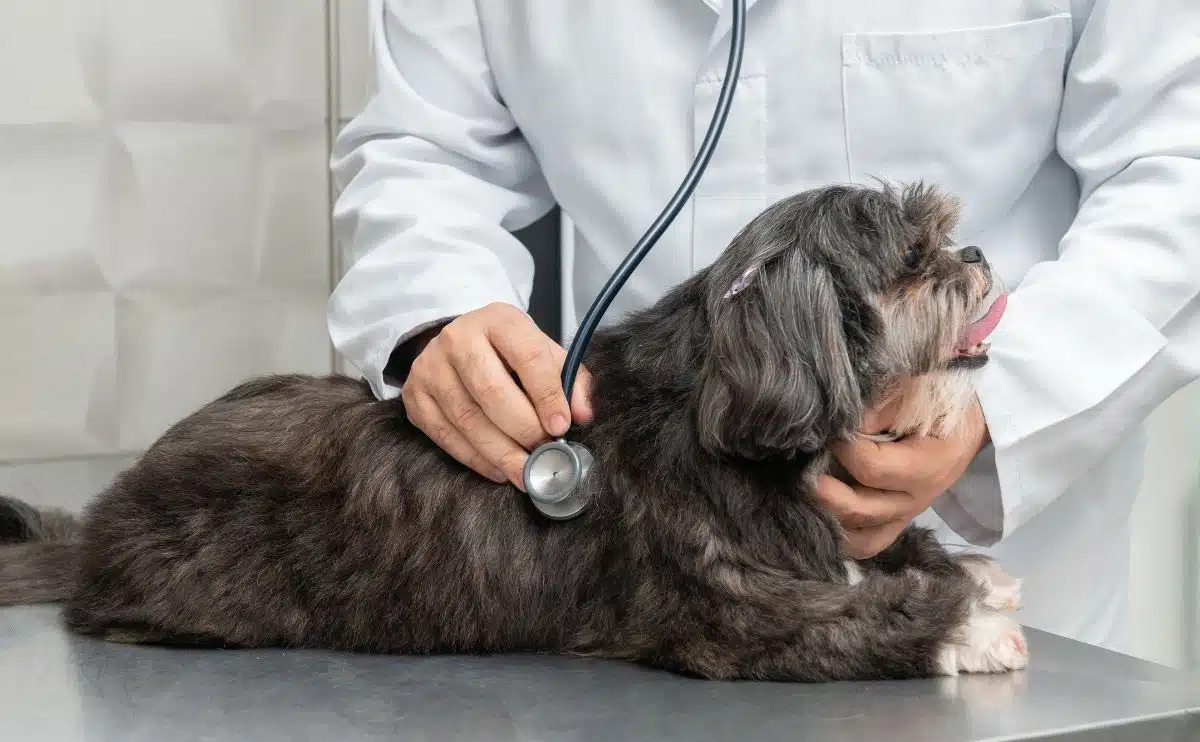

Finance
How Does The Pet Insurance Deductible Work?
Modified: December 30, 2023
Learn how the pet insurance deductible works and efficiently manage your finances while ensuring the best care for your furry friend.
(Many of the links in this article redirect to a specific reviewed product. Your purchase of these products through affiliate links helps to generate commission for LiveWell, at no extra cost. Learn more)
Table of Contents
Introduction
As pet owners, we want the best possible care for our furry family members. However, unforeseen accidents or illnesses can lead to significant veterinary expenses. This is where pet insurance comes in. Pet insurance provides coverage for medical costs related to illness, accidents, and sometimes even routine care for our beloved pets. When considering a pet insurance plan, it’s important to understand how the deductible works.
A deductible is a predetermined amount that you, as the pet owner, must pay out of pocket before the insurance coverage kicks in. It is a form of cost-sharing between you and the insurance company. Understanding how the deductible works can help you make informed decisions when choosing a pet insurance plan and managing your pet’s healthcare expenses.
In this article, we will delve into the details of how a pet insurance deductible works. We will explore factors to consider when choosing a pet insurance deductible, the pros and cons of different deductible amounts, and tips for understanding and managing your pet insurance deductible.
So, let’s dive into the world of pet insurance deductibles and equip ourselves with the knowledge to make the best choices for our furry companions’ healthcare.
What is a Pet Insurance Deductible?
A pet insurance deductible is the amount of money you, as the pet owner, must pay out of pocket before your insurance coverage starts paying for eligible expenses. It is similar to the concept of a deductible in other forms of insurance, such as health or auto insurance.
When you sign up for a pet insurance policy, you have the option to choose a deductible amount. This amount can vary depending on the insurance provider and plan you select. Deductibles can range from as low as $0 to as high as several thousand dollars. The specific deductible amount you choose will impact your premium, with higher deductibles typically resulting in lower premiums.
For example, if your pet is involved in an accident and requires immediate veterinary care, you will be responsible for paying the deductible amount before the insurance coverage starts reimbursing you for eligible expenses. Let’s say your chosen deductible is $500. If the total veterinary bill is $2,000, you will need to pay the $500 deductible, and the insurance company will cover the remaining $1,500 based on the terms of your policy.
It’s important to note that the deductible is typically applied on an annual basis. This means that once you have met your deductible for the year, any additional claims will be subject to the policy’s reimbursement percentage or copayment, depending on the terms of the plan.
It’s also worth mentioning that not all pet insurance plans have a deductible. Some plans may offer a copayment system instead, where you pay a fixed percentage of each eligible expense, while the insurance company covers the remaining portion.
Now that we understand what a pet insurance deductible is, let’s explore how it works and how it can affect your overall pet insurance coverage and costs.
How Does a Pet Insurance Deductible Work?
A pet insurance deductible works by establishing the initial amount that you, as the pet owner, are responsible for paying out of pocket before your insurance coverage begins. Once you have met the deductible, the insurance company will start reimbursing you for eligible expenses according to the terms of your policy.
Here’s a step-by-step breakdown of how a pet insurance deductible works:
- Select a Deductible Amount: When you sign up for pet insurance, you will have the option to choose a deductible amount. This can range from $0 to several thousand dollars. Consider your budget, your pet’s healthcare needs, and your risk tolerance when deciding on a deductible.
- Pay the Deductible: If your pet requires veterinary care covered by the insurance policy, you will need to pay the deductible first. This can be done by submitting the required documentation and paying the deductible amount directly to your veterinarian, or by paying upfront and seeking reimbursement from the insurance company later.
- Insurance Coverage Begins: Once you have paid the deductible, the insurance company will start reimbursing you for eligible expenses according to the terms of your policy. For example, if your selected deductible is $500 and the total eligible expense is $1,000, the insurance company will reimburse you for $500, while you are responsible for the remaining $500.
- Annual Deductible Reset: Most pet insurance plans have an annual deductible, meaning it resets each year. Once you have met the deductible for the year, any additional claims will be subject to the reimbursement percentage or copayment specified in your policy.
- Reimbursement Percentage or Copayment: In addition to the deductible, pet insurance policies often include a percentage or copayment. This determines how much the insurance company will cover after the deductible has been met. For example, if your policy has an 80% reimbursement percentage and the eligible expenses are $1,000, the insurance company will reimburse you $800, while you pay the remaining 20% out of pocket.
Understanding how a pet insurance deductible works is crucial for managing your pet’s healthcare expenses. It allows you to plan and budget accordingly, taking into account both the deductible and the potential reimbursement amounts from the insurance company.
Now that we have explored how a pet insurance deductible works, let’s delve into the factors you should consider when choosing a deductible for your pet insurance plan.
Factors to Consider When Choosing a Pet Insurance Deductible
When choosing a pet insurance deductible, there are several factors to consider that can help you make an informed decision. Here are some important factors to keep in mind:
- Budget: Consider your monthly budget and how much you can comfortably afford to pay out of pocket for your pet’s healthcare expenses. A higher deductible may result in lower monthly premiums, but it also means you will have to pay more upfront when your pet requires veterinary care.
- Pet’s Healthcare Needs: Evaluate your pet’s overall health, age, and breed-specific health risks. If your pet has a pre-existing condition or is prone to certain health issues, you may anticipate higher veterinary costs. In such cases, choosing a lower deductible can help alleviate the financial burden of these potential expenses.
- Risk Tolerance: Assess your comfort level with assuming a higher level of risk. A higher deductible means you will bear a greater share of the initial costs, but it can lead to lower premium payments. On the other hand, a lower deductible will result in smaller out-of-pocket expenses but may result in higher premiums.
- Frequency of Veterinary Visits: Evaluate how often your pet requires veterinary care. If your pet requires more frequent visits due to chronic conditions or ongoing preventive care, a lower deductible might be more beneficial, as you will likely meet the deductible sooner and start receiving reimbursement.
- Emergency Fund: Consider the availability of an emergency fund. If you have a dedicated fund set aside to cover unexpected veterinary expenses, you may opt for a higher deductible to help keep your premium costs down.
- Insurance Premiums: Take into account the relationship between the deductibles and the insurance premiums. In general, higher deductibles result in lower premiums, while lower deductibles lead to higher premiums. Find a balance that aligns with your budget and provides adequate coverage for your pet’s needs.
By carefully considering these factors, you can choose a pet insurance deductible that best suits your financial situation and your pet’s healthcare needs. Remember, it’s essential to strike a balance between affordability and comprehensive coverage to ensure the well-being of your furry companion.
Next, we will discuss the pros and cons of having a pet insurance deductible, so you can have a comprehensive understanding of whether it’s the right choice for you and your pet.
Pros and Cons of a Pet Insurance Deductible
Like any financial decision, having a pet insurance deductible comes with its own set of pros and cons. Understanding these can help you determine if a deductible is the right choice for you and your pet. Let’s explore the advantages and disadvantages:
Pros:
- Lower Premiums: Opting for a higher deductible can result in lower monthly premiums. This can be advantageous if you have a tight budget or want to save on insurance costs while still having coverage for more significant veterinary expenses.
- Flexibility: Having a deductible gives you more control over your pet’s insurance coverage. You can select an amount that aligns with your financial situation and risk tolerance.
- Customizable Coverage: Choosing a deductible allows you to tailor your pet insurance plan to fit your specific needs. You can opt for a higher deductible if you have an emergency fund or are willing to assume a larger portion of the initial costs, or choose a lower deductible for more immediate reimbursement.
- Protection Against Catastrophic Expenses: A deductible ensures that you have coverage for major veterinary expenses. It provides a safety net if your pet experiences a severe illness, injury, or requires costly surgical procedures.
Cons:
- Upfront Costs: With a deductible, you are responsible for paying a portion of the veterinary expenses out of pocket before receiving reimbursement. This can be a downside if you have significant expenses and don’t have the funds readily available.
- Potential Underutilization: If you have a high deductible, you may be hesitant to seek veterinary care for minor issues, as you will bear a larger share of the costs. This may prevent early intervention and potentially lead to more severe health problems for your pet.
- Limited Coverage for Lower Deductibles: With lower deductible amounts, you may have higher premium costs. This can make it challenging to find a balance between the deductible and the premium that suits your budget and offers comprehensive coverage.
- Varied Reimbursement Percentage: Some pet insurance policies have a fixed reimbursement percentage after the deductible, which means you might not be fully reimbursed for all eligible expenses, even after meeting the deductible.
Ultimately, the decision to have a pet insurance deductible depends on your individual circumstances, financial capabilities, and your pet’s healthcare needs. Consider the pros and cons carefully to determine if a deductible aligns with your priorities and preferences.
Now let’s move on to the next section, where we provide tips for understanding and managing your pet insurance deductible for a seamless experience.
Tips for Understanding and Managing Your Pet Insurance Deductible
Managing your pet insurance deductible effectively is essential to maximizing the benefits of your coverage. Here are some helpful tips to help you understand and manage your pet insurance deductible:
- Read the Policy: Carefully review the terms and conditions of your pet insurance policy, specifically the section that pertains to the deductible. Understand how the deductible works, including how it is applied, when it resets, and what expenses it covers.
- Evaluate Your Budget: Consider your monthly budget and determine how much you can comfortably contribute towards the deductible. Assess your financial situation to choose a deductible amount that strikes a balance between affordability and adequate coverage.
- Plan for Future Expenses: If you anticipate future veterinary expenses, such as routine check-ups or known health issues, factor them into your deductible decision. Opt for a deductible amount that accommodates these expected costs.
- Build an Emergency Fund: Create an emergency fund specifically for your pet’s healthcare expenses. Having savings set aside can help cover the deductible if an unexpected medical event occurs and provide peace of mind.
- Submit Claims Promptly: File your insurance claims promptly to ensure you receive reimbursement in a timely manner. Keep track of all necessary documentation and follow the claims submission process outlined by your insurance provider.
- Understand Reimbursement Limits: Familiarize yourself with any policy limitations on reimbursement. Some pet insurance plans may have annual or lifetime limits on payouts, so be aware of these restrictions to manage your expenses effectively.
- Track Your Expenses: Keep a record of your pet’s veterinary expenses, including invoices, receipts, and medical records. This documentation will come in handy when submitting claims and managing your deductible.
- Review Your Coverage Annually: As your pet’s needs change, it’s important to reassess your coverage and deductible amount annually. Adjust your deductible if necessary to ensure it aligns with your current financial situation and your pet’s healthcare requirements.
- Communicate with Your Vet: Maintain open communication with your veterinarian regarding your pet’s health, treatment plans, and associated costs. Your vet can provide guidance on managing expenses and offer recommendations on the most suitable deductible for your pet.
By following these tips, you can navigate your pet insurance deductible more effectively and make the most of your coverage. Regular review and proactive management will help you stay prepared for any unexpected veterinary expenses while ensuring the well-being of your beloved pet.
Now, let’s wrap up our discussion on pet insurance deductibles in the concluding section.
Conclusion
Understanding how a pet insurance deductible works is crucial when choosing and managing your pet’s insurance coverage. A deductible is the amount you must pay out of pocket before your insurance coverage kicks in, and it plays a significant role in determining your premium costs and level of financial protection.
When selecting a pet insurance deductible, consider factors such as your budget, your pet’s healthcare needs, and your risk tolerance. Finding the right balance between affordability and comprehensive coverage is key. Remember, a higher deductible may result in lower premiums, but it also means you will bear a larger portion of the initial costs.
Managing your pet insurance deductible effectively involves reading and understanding your policy, planning for future expenses, and submitting claims promptly. Building an emergency fund dedicated to your pet’s healthcare expenses can provide added financial security.
Ultimately, the decision to have a pet insurance deductible depends on your individual circumstances and your pet’s specific needs. Take the time to evaluate the pros and cons to determine if a deductible aligns with your priorities and preferences.
By following the tips provided in this article, you can navigate your pet insurance deductible with confidence and ensure that your beloved furry companion receives the best possible care when they need it most.
Remember, pet insurance is a valuable tool to protect your pet’s health and provide peace of mind for you as their owner. Choose wisely, understand the terms, and enjoy the benefits of having a safety net for your furry family member.














